Best acoustic guitars under $500 2025: get more for your money
These sub-$500 acoustic guitars are ideal for everything from folk and indie guitar to blues and country
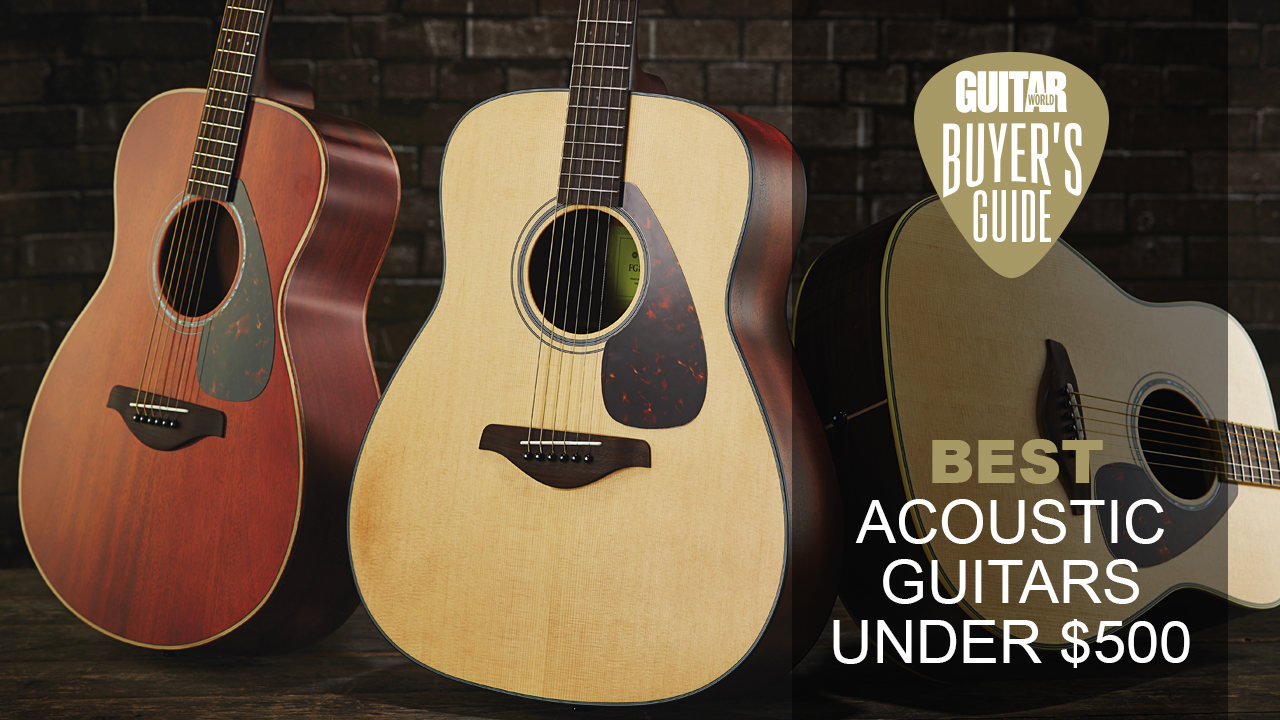
How much should you pay for an acoustic guitar? It’s a really common question and the truth is you should pay as much as you can, because inevitably the more you spend the more you’ll get for your cash. Not all of us have two grand to drop on a new Taylor or Martin so if your budget is a little tighter, don’t worry, you can still get one of the best acoustic guitars under $500.
Many major acoustic guitar manufacturers have woken up to the fact that the beginner market is burgeoning and that not everyone can afford to spend loads of money on a new acoustic guitar. That’s good for us bargain hunters, as even the biggest acoustic brands now produce quality instruments in the sub-$500 category. You’ll find quality hardware, solid tops, and excellent electronics on many of the models here, ensuring you get the most for your money.
If you’re buying for the first time, we’d heartily recommend checking out our buying advice section before you pull the trigger. It’s got loads of common questions answered by the expert authors here at Guitar World to ensure you make the best purchase for your needs. If you already know your stuff, then just keep on scrolling for our top picks…
Our top picks
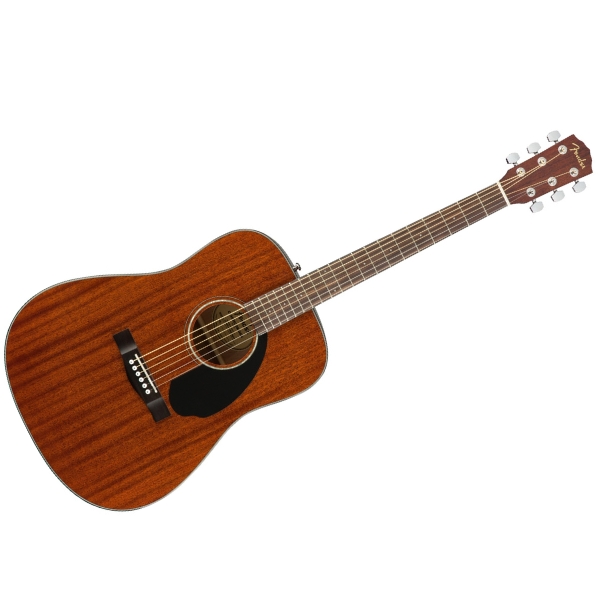
One of the best-selling acoustic guitars around, the Fender CD-60S All Mahogany delivers for well below the $500 mark. With a solid Mahogany top, it's the perfect entry point for beginners.
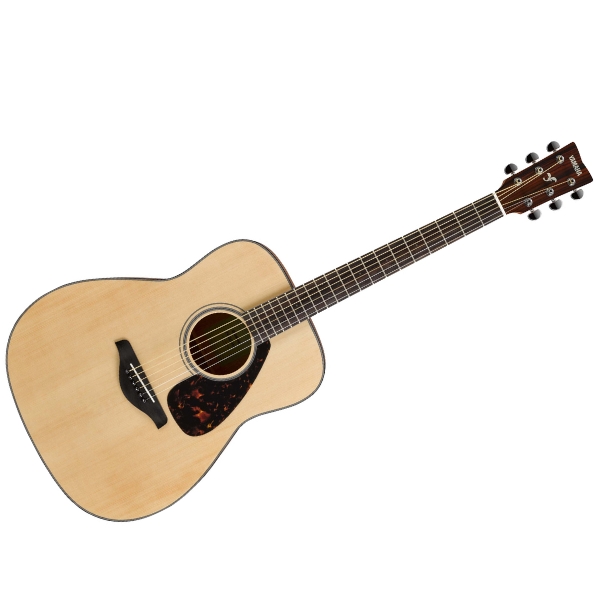
One of the classic beginner acoustic guitars, the Yamaha FG800M gives you a hell of a lot of specs for relatively little cash. A brilliant dreadnought that's incredible value for money.
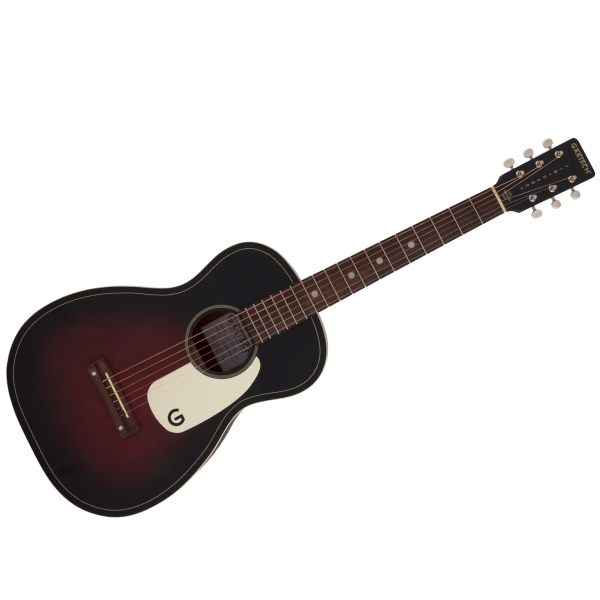
One of the best-selling guitars of the last few years, and also one of the cheapest. The Gretsch G9500 Jim Dandy is a rock-solid acoustic for comparatively little of your cash.
Best overall
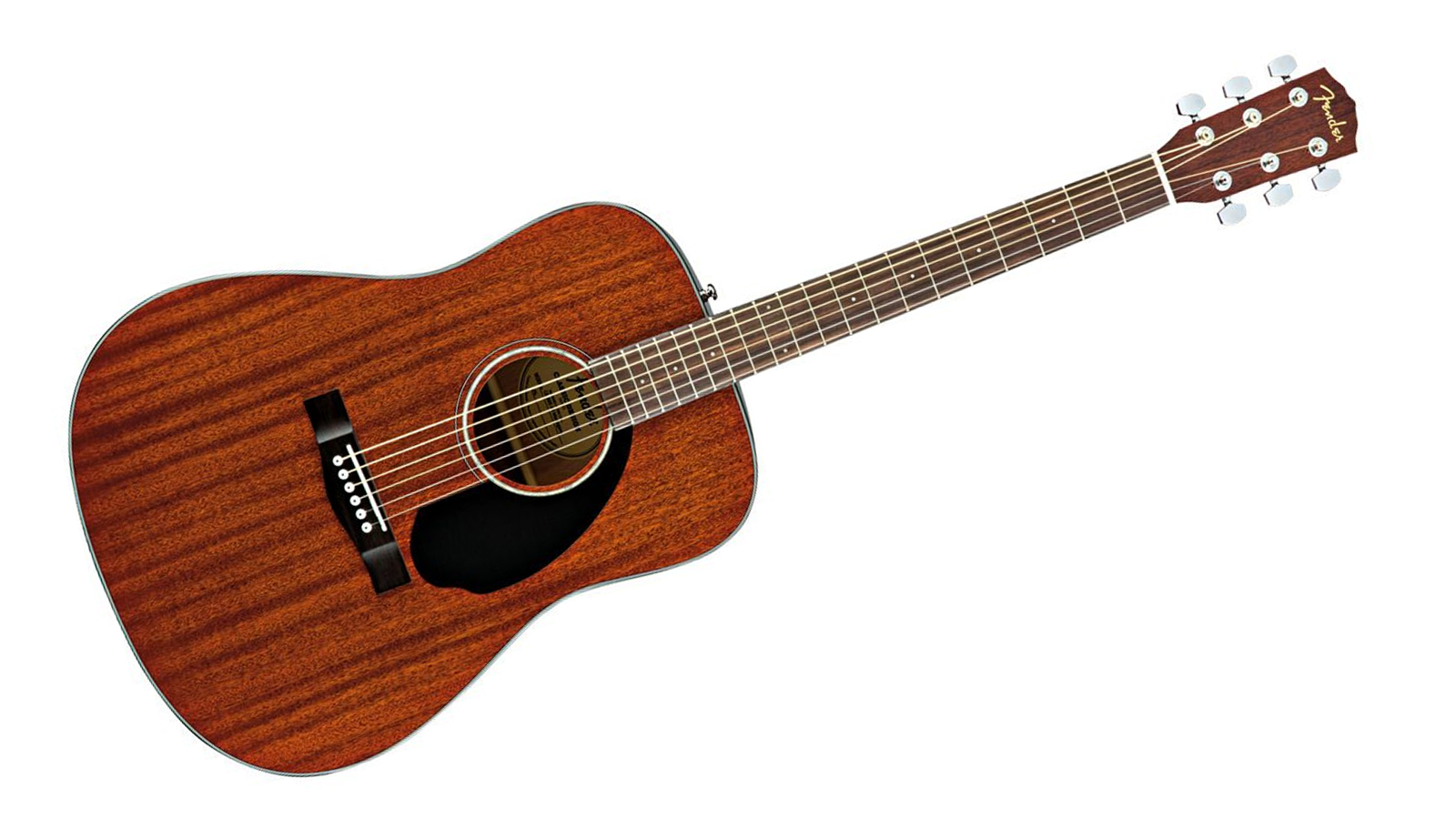
Specifications
Reasons to buy
Reasons to avoid
✅ Buy if you're a beginner guitarist: The CD-60 is fantastic value for money whilst remaining eminently playable, making it an excellent guitar for beginners.
❌ Avoid if you don't like plain looks: There are some beautiful acoustic guitars out there, but this Fender will likely be too basic for those who want a fancy-looking instrument.
The term ‘beginner instrument’ doesn’t really fit with today’s standards, as manufacturers derive greater performance from tonewoods at less cost to us. Fender’s CD-60S proves the point, offering a guitar that sounds great and is comfy to play – but all delivered at a low, low price.
Sound is where this dreadnought guitar delivers the goods, with a chiming mid-range brightness that’s part and parcel of a mahogany construction. Fender’s big-bodied dreadnought also extends nicely into the bass, should you wish to explore drop tunings. We found the intonation, tuning and string action to be great on the CD-60S too.
Keep your eyes peeled online for bundle deals that include tuner, strap, strings, gigbag etc. There’s an electro-acoustic version complete with a body cutaway available for a little extra, too.
Read our full Fender CD-60S All-Mahogany review
Best for adults
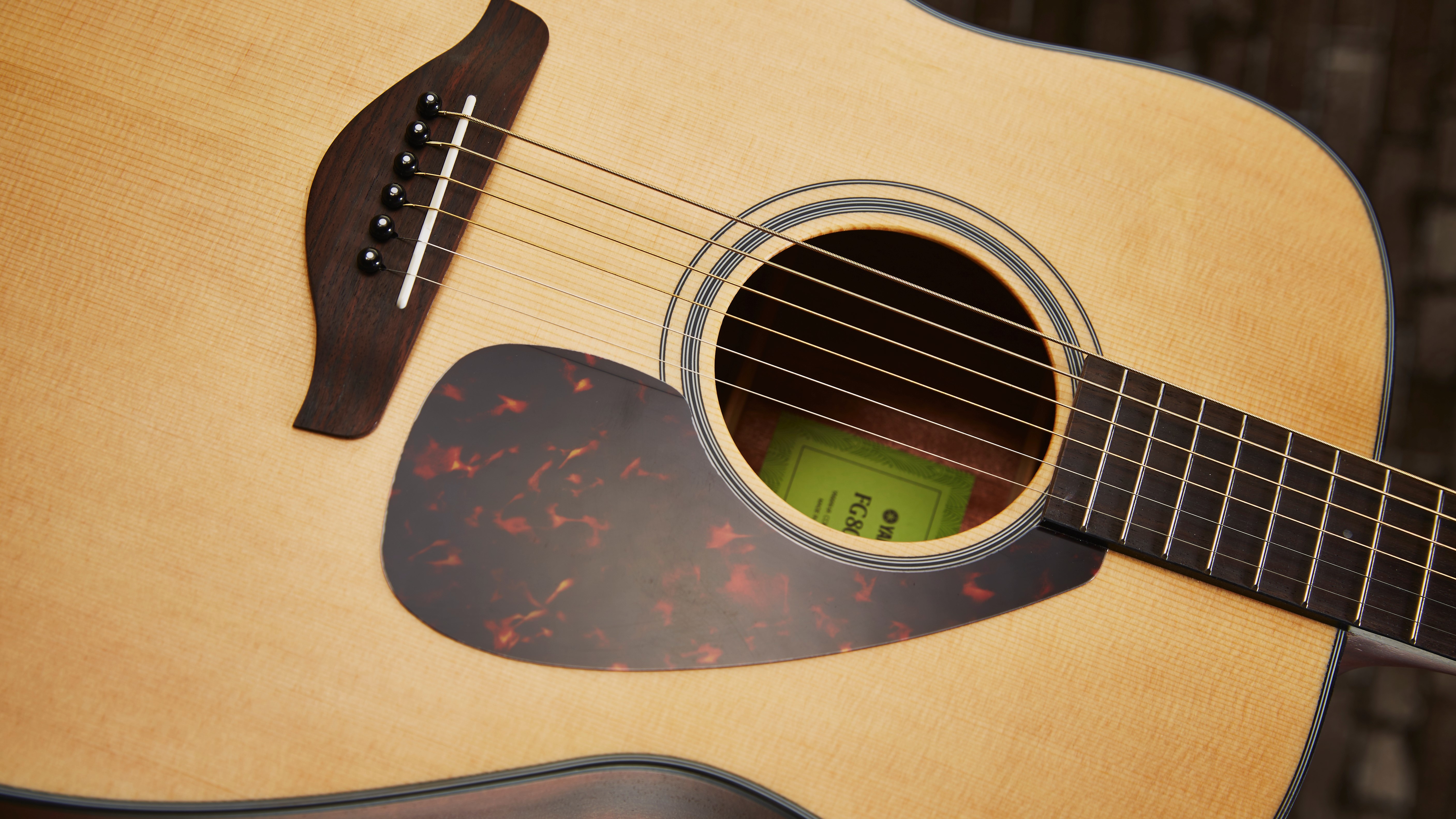
Specifications
Reasons to buy
Reasons to avoid
✅ Buy if you want a solid top for less: The FG800 is famous as a fantastic value acoustic, coming with a solid top at an incredibly reasonable price.
❌ Avoid if you want onboard electronics: There's no pickup system on this guitar, so you'll need to add your own if you want to play through a PA or amp.
Just like Yamaha is a giant of the music industry, the Yamaha FG800 is a giant of the beginner acoustic guitar world. For the money, the spec you get with this brilliant budget acoustic is really quite astonishing.
To see a solid top on a guitar at this price is frankly mind-blowing, but the FG800 follows up with the sound to match it. It's got a lovely punch to it, resonant and balanced whilst remaining articulate no matter what playing style you throw at it.
Being a dreadnought it's a big guitar, so may pose a challenge to those with smaller dimensions or younger players. But if you feel you can handle the large size, this is one of the most rewarding acoustics you can get for under $500.
Best for small hands
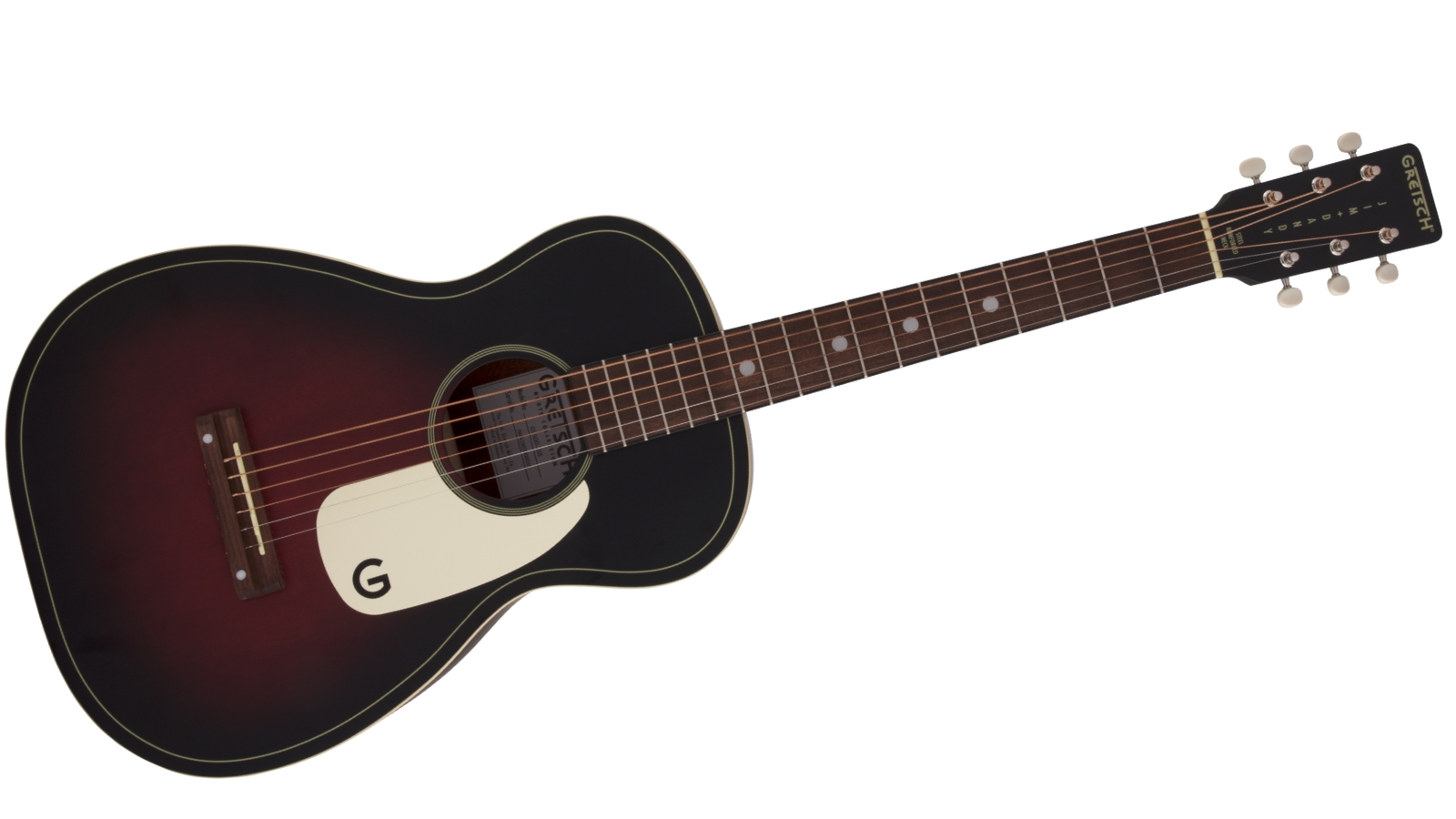
Specifications
Reasons to buy
Reasons to avoid
✅ Buy if you want the perfect sofa guitar: With its small size and low cost, the Jim Dandy is the perfect guitar for noodling on the sofa.
❌ Avoid if you have big hands: The small size of this guitar means the fretboard could feel cramped for those with larger hands.
One of the best-selling acoustic guitars of the last couple of years is also one of the cheapest. Coming in well below the $500 mark, the Gretsch G9500 Jim Dandy has that special something that makes it a perfect low-cost strummer to play on the sofa.
It’s a nice and bright-sounding guitar and while it’s not boomy due to the size, there’s still a hefty amount of projection when you strum hard. When fingerpicking there’s a nice pluck to the strings with a pleasing attack and cutting frequency response.
The action is set up nice and low so it’s playable as soon as you take it out of the box and we found the intonation to be spot on. If you’re used to a full-size acoustic the fretboard will feel a little cramped at first, but once we got used to it we found it super fun to play. It’ll be great for beginner players too.
Read the full Gretsch G9500 Jim Dandy review
Best for style
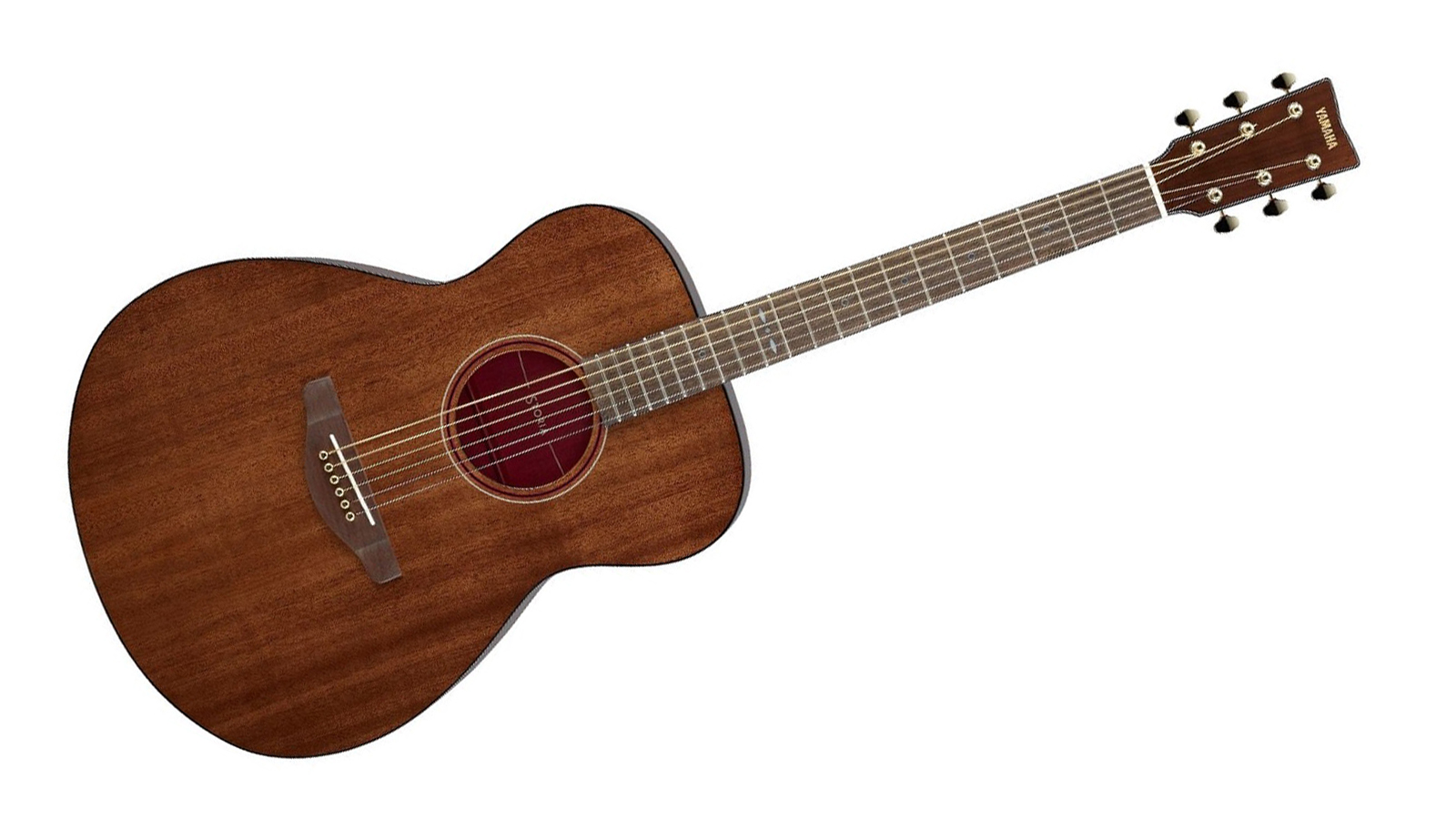
4. Yamaha STORIA III
Our expert review:
Specifications
Reasons to buy
Reasons to avoid
✅ Buy if you want a compact body size that plays like a dreadnought: Despite the smaller body this guitar still fields a 25.5-inch scale length, so plays like a bigger instrument.
❌ Avoid if you prefer traditional looks: Yamaha has gone for a very modern look with this guitar, so the aesthetic may not appeal to more traditional guitar lovers.
Yamaha’s goal with the STORIA range was to design a guitar that “transforms the traditional acoustic guitar into a one-of-a-kind statement piece”, and we must say, in our opinion, they have certainly achieved that.
The wine-red interior and champagne-gold appointments add an air of class to this sub-$500 acoustic that you don’t often see at this price point, and the solid mahogany top delivers a beautifully warm tone that compliments this stunning look.
The slightly shorter scale length of 25” and the compact concert body sizes make it incredibly easy to play, even more so if you are a complete beginner.
Read our full Yamaha Storia III review
Best for beginners
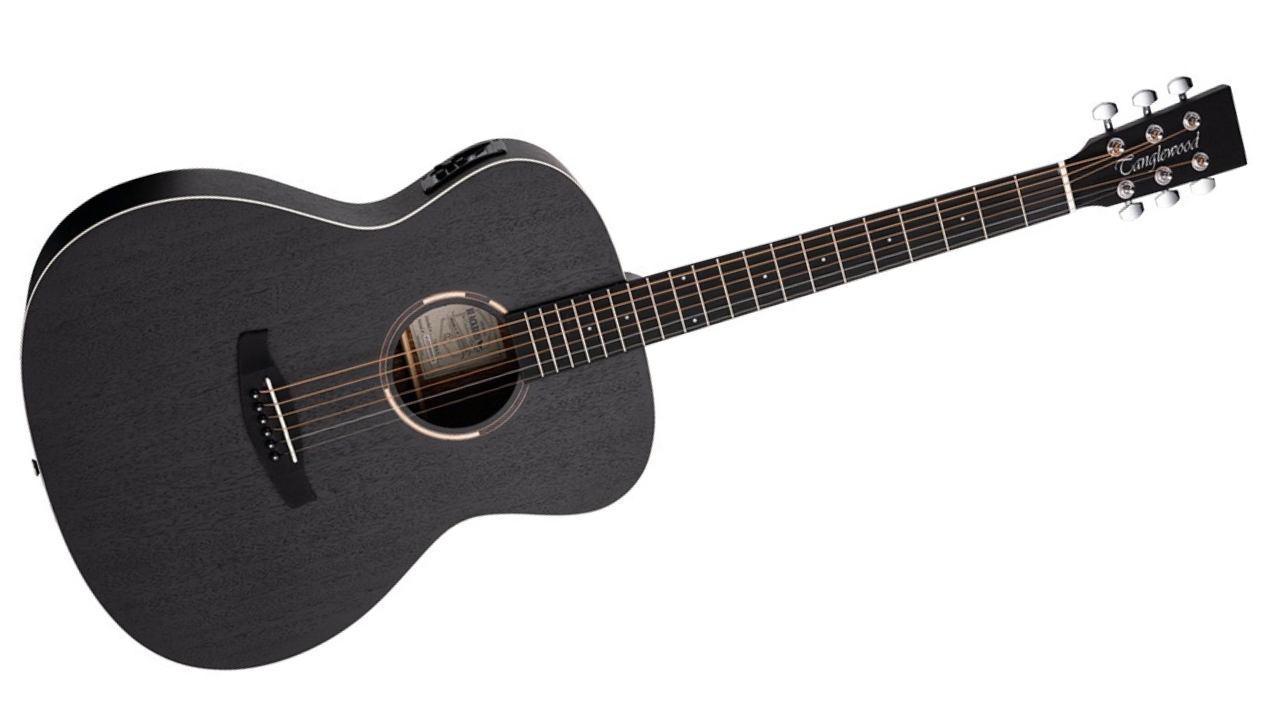
5. Tanglewood TWBB-OE Blackbird
Our expert review:
Specifications
Reasons to buy
Reasons to avoid
✅ Buy if you want a beginner guitar on a budget: The Tanglewood Blackbird gives you a lot for relatively little cash, delivering fantastic playability too.
❌ Avoid if you like a lot of low-end: As it's a budget guitar, the Blackbird doesn't quite fill out the low end in the way more expensive models might.
The Tanglewood TWBB-O Blackbird has been a huge seller over the last few years thanks to its excellent value price point. Great for beginners or as a sofa guitar for more established players, despite the low cost it’s a surprisingly playable instrument.
We found the neck of this guitar to be the major selling point. It’s comfortable and the guitar has a nice action with a well-finished nut and bridge section. It sounds great with bluesy fingerpicking and whilst its voice isn’t huge in terms of low end, it can certainly hold its own when strumming.
It’s got a four-band EQ on the preamp which is unusual at this price point, and we really like the exceptionally bright onboard tuner. All in all this guitar gives you a lot for your money, making it an excellent choice for those on a budget or the beginner acoustic guitar player.
Best concert under $500
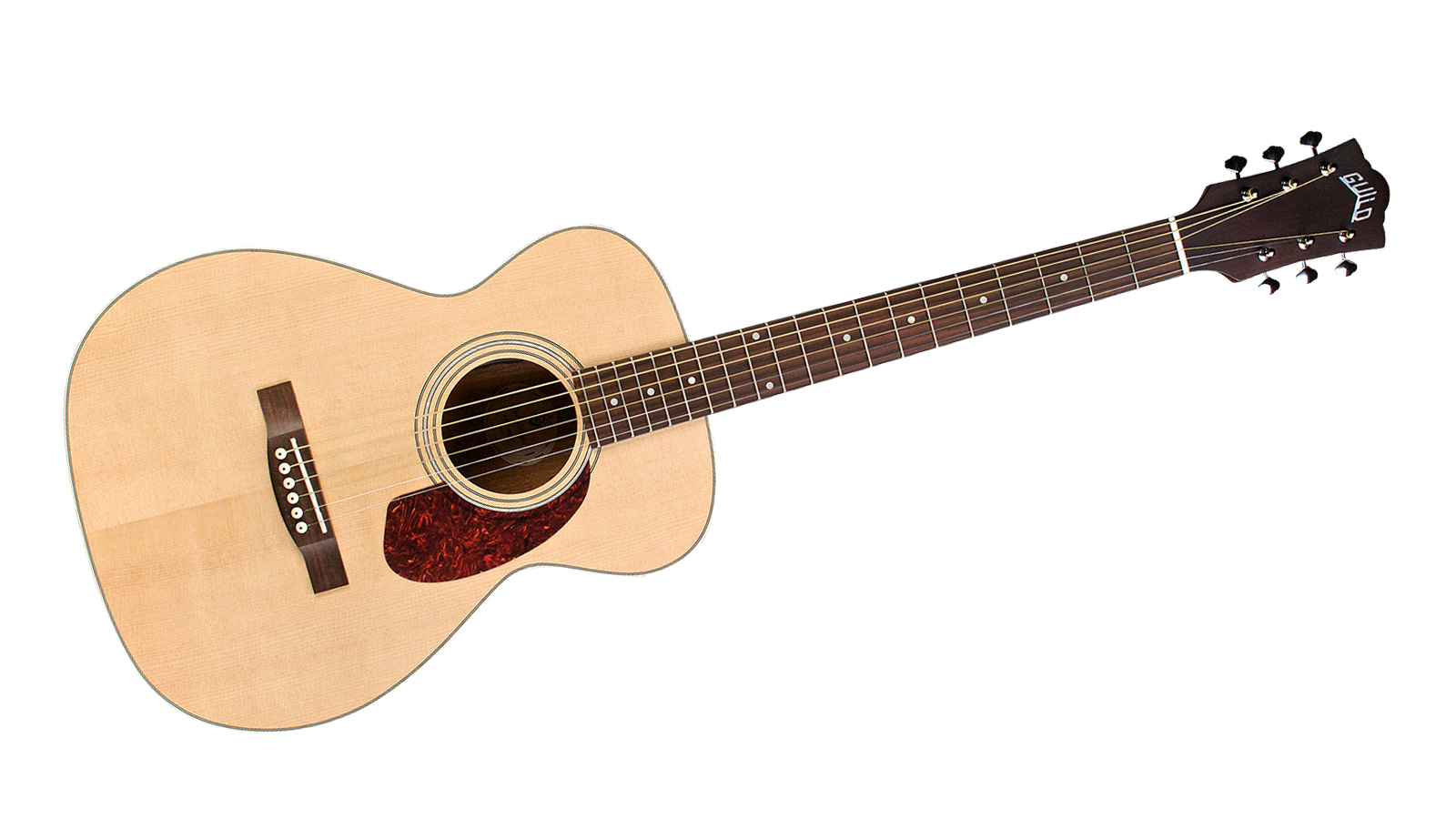
6. Guild M-240E
Our expert review:
Specifications
Reasons to buy
Reasons to avoid
✅ Buy if you want an all-rounder guitar for less than $500: The Guild M-240E combines a fantastic unplugged voice with smooth playability and great-sounding electronics.
❌ Avoid if you need a lot of volume: As it has a smaller body, it can get a little overwhelmed with hard strumming and open chords.
Guild's M-240E is a slightly more left-field choice when looking at the smaller-bodied acoustic guitars under $500. There's plenty of competition in this product category from names like Martin and Taylor, but if you're after something a little different then the M-240E could be the one for you.
Construction-wise, the classic combination of a solid spruce top and mahogany back & sides provides a snappy, punchy tone with a tasteful low-end presence – meaning that the M-240E is a brilliant choice for both solo artists looking for rich tonal accompaniment, or those in bands that need to cut through the mix just that little bit more.
The comfortable C-shaped neck and small 'M' concert sized body make this diminutive Guild a fantastic travel or couch guitar – but with a full 24.75" scale length, it's still capable of keeping up with some of the big boys. Plugged in, you'll hear the sound of a much bigger guitar thanks to the Fishman Sonitone pickup - making this a seriously versatile acoustic.
Best electro-acoustic
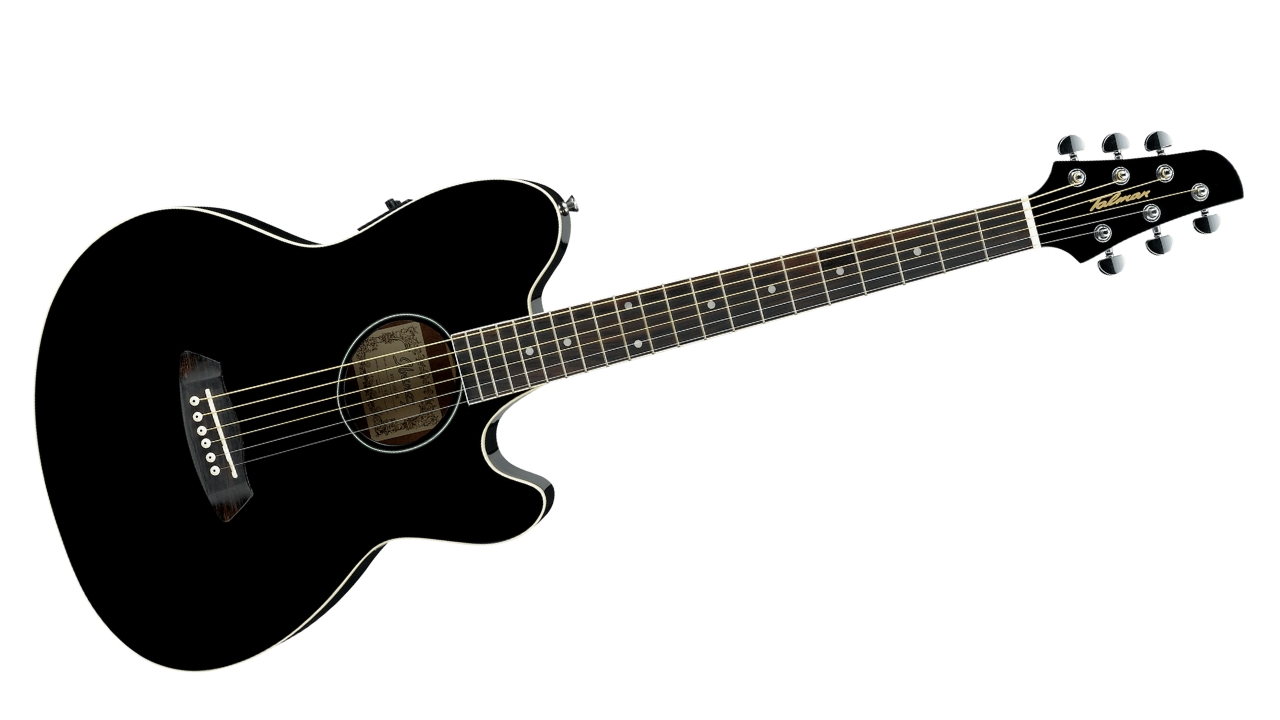
7. Ibanez Talman TCY10E
Our expert review:
Specifications
Reasons to buy
Reasons to avoid
✅ Buy if you want electric guitar playability: The Talman TCY10E features a slim neck profile and excellent upper fret access, making it great for electric guitar players.
❌ Avoid if you need a lot of volume: The thin depth and unusual shape of the body means it's not as loud as your more traditional dreadnought and jumbo acoustics.
If you’re moving over from the acoustic guitar to an electric, the Ibanez Talman TCY10E will deliver that familiar playability with the more raw tones of an acoustic guitar. Its unusual shape not only makes it look cool but delivers excellent upper fret access too.
Of course, that shape and the narrow body depth means that the unplugged tones won’t quite be as full as a traditional dreadnought. It still sounds great though, and can certainly hold its own as an acoustic.
Playability is the main plus point of the design, with a slim and fast-playing neck. The extended upper fret access means you can take those lead licks from your electric to the acoustic too, making it a super-versatile instrument.
FAQs
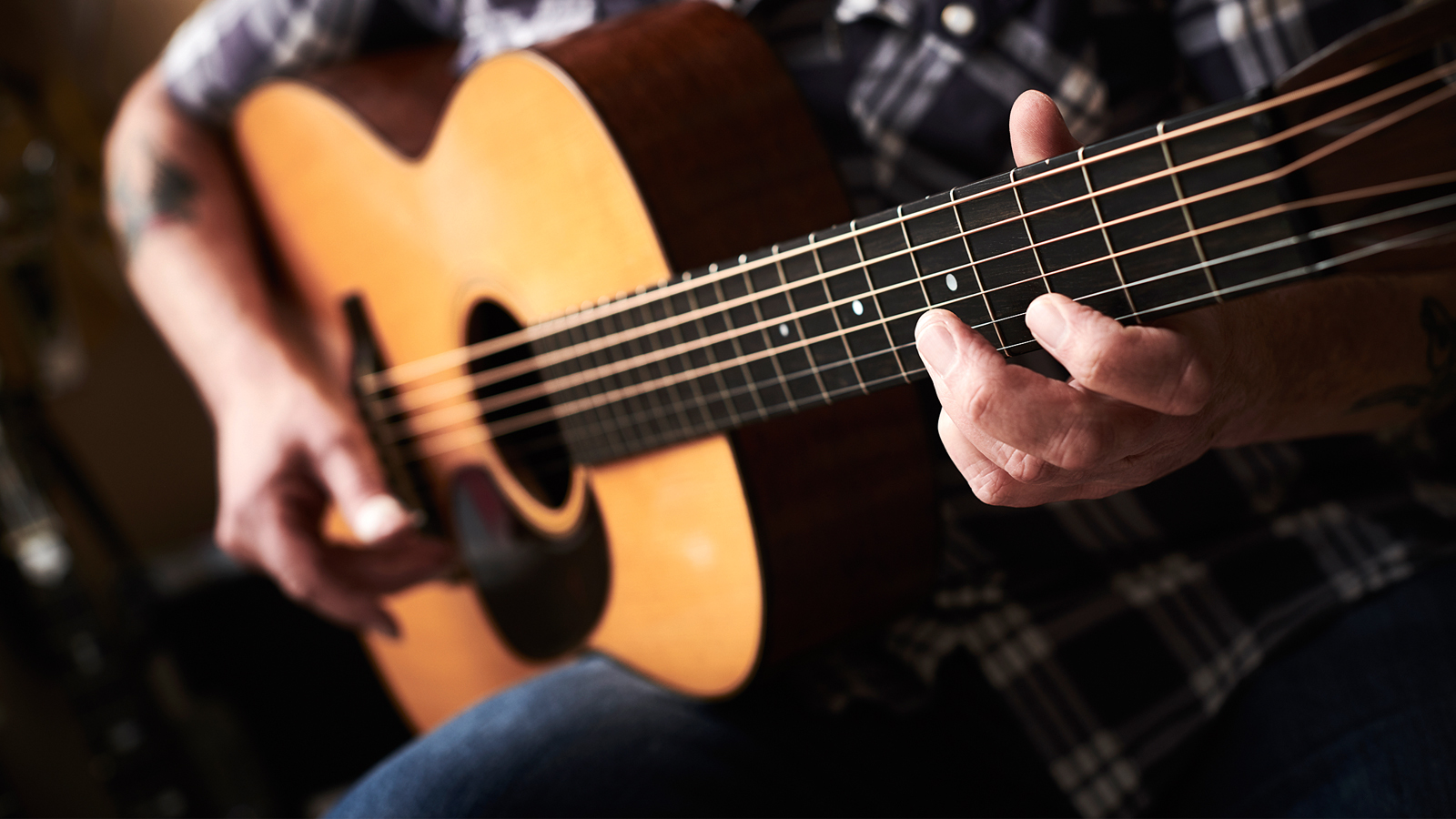
Can budget acoustic guitars be as good as expensive guitars?
Let us first preface this by saying that it has been a long time since 'budget' acoustic guitars were bad acoustic guitars. There are some killer acoustic guitars coming on to the market at crazy low prices, and they're not to be sniffed at.
The guitars in this guide represent the very best you can buy for roughly $500 or less – and if there's one thing we want you to take away from this guide, it's that budget guitars can be just as good as their more premium counterparts.
Okay, cheaper acoustics may not be as flashy or legendary as some of the high-end exotic six-strings out there, but they aren't trying to be. These guitars are simply offering players a no-nonsense acoustic with plenty of tone at an affordable price - and we absolutely love them!
What size acoustic guitar should I buy?
This is possibly the most crucial factor to consider when choosing any acoustic guitar, regardless of your budget. The guitar's size will impact everything from the tone it produces to how comfortable it is to play. The most common sizes available are jumbo, dreadnought, auditorium, classical and parlour.
A jumbo is going to deliver the biggest, fattest tone. Think Elvis, Bob Dylan and Emmy Lou Harris – the jumbo is an iconic body size and produces a tone to match. Unfortunately, the humongous body size does mean that you've got to be of a certain build and stature to play one comfortably.
The dreadnought is by far the most popular acoustic guitar body size. It's not too big, not too small, and creates a tone that seems to cover just about every base imaginable. The wider body helps the guitar to produce a broad range of tones and frequencies, making this option a great all-rounder. Again, it's a bit on the big side, but it's possible for those of any size to play a dreadnought comfortably.
Auditorium, classical and parlour are on the 'small' end of the acoustic guitar body size spectrum and are all perfect for younger players especially. The tones of auditorium and classical guitars are quite balanced, with plenty of low or high-end available depending on where and how you play the strings. Parlour guitars lack some of the tonal depth of larger-bodied guitars but make up for it with their punchy, mid-heavy characteristics – making it the guitar size of choice for blues guitarists such as Keb' Mo' and the late Justin Townes Earle.
Generally speaking, the bigger the guitar, the bigger the sound. So bear that in mind when choosing your new guitar.
Do I want a solid or laminate top?
If you've been looking at various guitars, you've most likely noticed the terms laminate top and solid top. So what's the difference between these types of manufacturing?
Let's start with the solid top. Basically, this means the top of the guitar (or soundboard) is made from a specially selected single piece of wood. This ensures a rich, full-bodied sound and increased volume.
The laminate top, on the other hand, is made from multiple pieces of wood glued together to form the top – this results in a sound that isn't as harmonically complex as the solid option.
Full laminate guitars used to populate the budget guitar market, but today you can find various models that feature a solid top. Both the Epiphone J200 EC Studio and Martin LX1e included in this guide feature solid spruce tops to complement their high-pressure laminate back and sides.
Do I need a pickup on my acoustic guitar?
Several models in our best acoustic guitars under $500 guide feature an on-board acoustic guitar pickup system. We realise that not everyone wants to plug their new guitar into an acoustic amplifier or PA system. Still, there are a few good reasons why you should be considering a guitar with a pickup already installed.
Firstly, you never know when you will need it. Whether you want to get up and play at an open mic night or school talent show, or perhaps you want to record that new song idea you just had - it can be handy to have the option to plug in and play.
Secondly, most pickup systems have a tuner built directly into the guitar. This means you can tune conveniently on the fly without the need for a clip-on tuner or mobile tuning app. One quick note, do be careful, as many budget acoustic guitars come without pickups, and with some guitars, the pickup is an optional extra, so be sure to double-check before making your purchase.
Does the brand matter?
Now this is a loaded question, because so manufacturers make great guitars there’s no truly objective answer here. However, certain manufacturers do have a signature sound that’s theirs alone. For example, Martin guitars are regarded as the ‘classic acoustic guitar sound’, due to the fact they’ve been around for so long and appeared on so many records, whereas Taylor guitars have a reputation for a more modern and articulate sound.
Fender have a reputation for making some of the best electric guitars around, and their acoustics are considered great value for money, but they don’t have the same heritage as Martin and Taylor. Likewise Yamaha has a made a name for itself with its beginner nylon strung acoustics and inventive technology like the TransAcoustic system, as well as the much renowned Japanese build quality. Yet many players would view them as not on the same level as a Taylor or Martin acoustic guitar.
But ultimately all of these tropes fall by the wayside when you actually pick up the guitar to play it. What sounds warm and rich to one person can be the complete opposite to another, so it’s always good to test an acoustic guitar before you buy if you can, or failing that listen to some sound demos of the instrument in question. The majority of retailers offer generous return windows so in the unlikely event you don’t gel with a guitar, you can always exchange it for another.
Why trust Guitar World?

☑️ A global audience of 3.8 million guitarists monthly
☑️ 1,200+ reviews on GuitarWorld.com
☑️ 30+ years of product testing at Guitar World
Guitar World boasts over 44 years of expertise and stands as the ultimate authority on all things related to guitars. The magazine and website feature expertly written gear round-ups and top-quality, authoritative reviews penned by a team of highly experienced industry professionals.
Guitar World's inaugural print issue hit the shelves in July 1980, and ever since, it has been captivating players and enthusiasts with engaging lessons, insightful interviews with the biggest guitar heroes, and priceless buying advice for newbie players.
Furthermore, GuitarWorld.com continues this legacy online and serves as the hub of the world's foremost authorities on guitar playing. The site not only hosts content from Guitar World but also showcases articles from respected publications such as Guitarist, Total Guitar, Guitar Techniques, and Bass Player. With a reach extending to 3.8 million players each month, GuitarWorld.com is a go-to destination for guitar fanatics globally.
Below, you'll find more information about the expert authors of this guide.
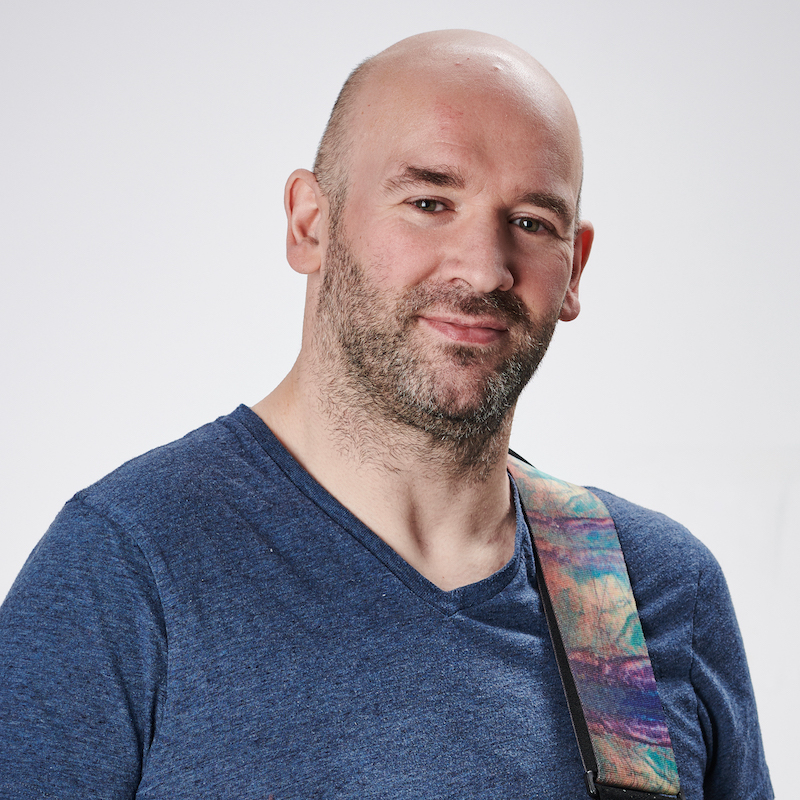
Chris has been the Editor of Total Guitar magazine since 2020. Prior to that, he was at the helm of Total Guitar's world-class tab and tuition section for 12 years. He's a former guitar teacher with 35 years playing experience and he holds a degree in Philosophy & Popular Music. Chris has interviewed Brian May three times, Jimmy Page once, and Mark Knopfler zero times – something he desperately hopes to rectify as soon as possible.
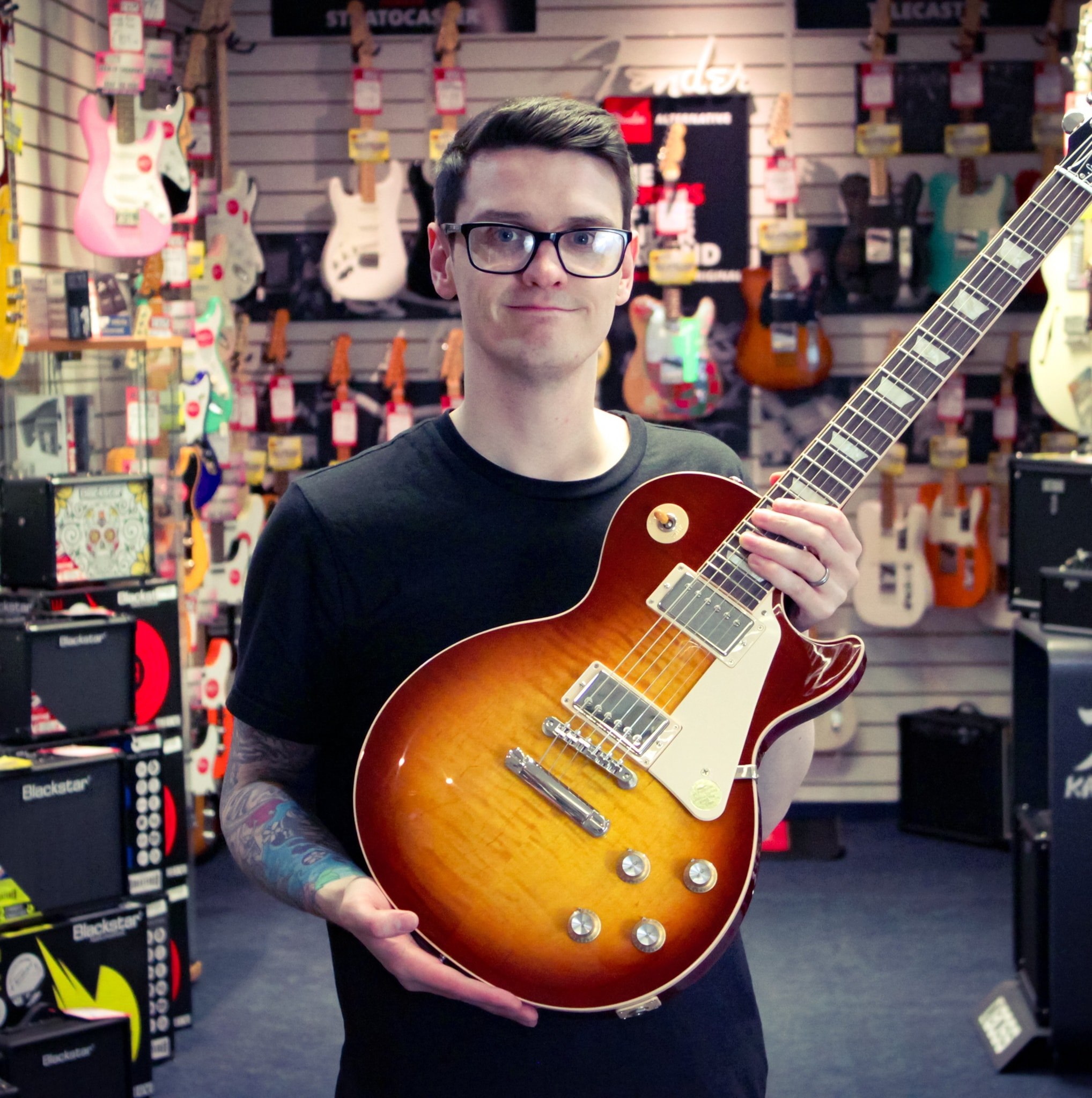
I'm Guitar World's Senior Deals Writer. In this role I create and maintain the 200+ buyer's guides you'll find on the site, find the best deals on guitar products for our readers, and test the latest gear. My reviews have been featured in prominent publications including Total Guitar, Future Music magazine and MusicRadar.com.
During my career, I have been lucky enough to talk to many of my musical heroes, having interviewed Slash and members of The Offspring, Foo Fighters, Sum 41, Thrice, and more. Prior to joining the Guitar World team, I worked in music retail, at Kenney's Music in Dundee, Scotland. For a decade, I advised everyone from absolute beginners to seasoned pros on the ultimate gear for their needs, from beginner acoustic guitars, to top-end modelers.

Matt is a Junior Deals Writer here at Guitar World. He regularly tests and reviews music gear with a focus on guitars, amps, pedals, modelers, and pretty much anything else guitar-related. Responsible for over 60 buying guides, a large part of his role is helping guitarists find the best deals on gear. Matt worked in music retail for 5 years at Dawsons Music and Northwest Guitars and has written for various music sites including MusicRadar, Guitar Player, Guitar.com, Ultimate Guitar, and Thomann’s t.blog.
A regularly gigging guitarist with over 20 years of experience playing live and writing and recording in bands, he's performed everything from jazz to djent, gigging all over the UK in more dingy venues than you can shake a drop-tuned guitar at. When he's not holed up in his home studio recording new songs or tweaking pedal settings, you’ll find him making a racket with Northern noise hounds JACKALS.
How we choose the best acoustic guitars under $500

When it comes to acoustic guitars, every player has their own personal preferences regarding the tone and feel. However, regardless of taste, there are a few key areas that an acoustic guitar must meet before we'd feel comfortable recommending it in a guide like this.
Like with any instrument, we begin by looking at the overall build quality. We closely inspect every inch of the guitar, from the body and neck to the machine heads, bridge, and saddle, to ensure they feel robust, sturdy and up for taking you on your musical journey.
We'll next check the consistency of the fretwork to confirm there aren't any sharp frets or uneven frets that may result in buzzing. This ties into the playability of the guitar. For us, the guitar should be comfortable to someone new to the instrument, and this means a reasonably forgiving neck and unobtrusive body.
Lastly, we move our attention to the overall sound of the acoustic guitar. To test the tone of the instrument, we will try a variety of different playing techniques and styles to see how the guitar handles them, from strumming wide-open chords with a flat pick to soft fingerpicking and everything in between. We are carefully listening to the volume the guitar produces and the overall tonal balance of the sound.
Find out more about how we make our recommendations and how we test each of the products in our buyer's guides.
Related buyer's guides
You can trust Guitar World
- Find great tone with the best acoustic guitars under $1,000
- Downsize to one of the best 3/4 acoustic guitars
- Add another dimension to your playing: the best 12-string guitars
- Looking to spend as little as possible? Check out the best cheap acoustic guitars
- Level up your playing with the best online guitar lessons
Get The Pick Newsletter
All the latest guitar news, interviews, lessons, reviews, deals and more, direct to your inbox!
Chris has been the Editor of Total Guitar magazine since 2020. Prior to that, he was at the helm of Total Guitar's world-class tab and tuition section for 12 years. He's a former guitar teacher with 35 years playing experience and he holds a degree in Philosophy & Popular Music. Chris has interviewed Brian May three times, Jimmy Page once, and Mark Knopfler zero times – something he desperately hopes to rectify as soon as possible.
- Matt McCrackenJunior Deals Writer
- Daryl RobertsonSenior Deals Writer
“Among the most sought-after of all rhythm guitars… a power and projection unsurpassed by any other archtop”: Stromberg has made a long-awaited comeback, and we got our hands on its new Master 400 – a holy grail archtop with a price to match
The heaviest acoustic guitar ever made? Two budding builders craft an acoustic entirely from concrete because they “thought the idea was really funny”










